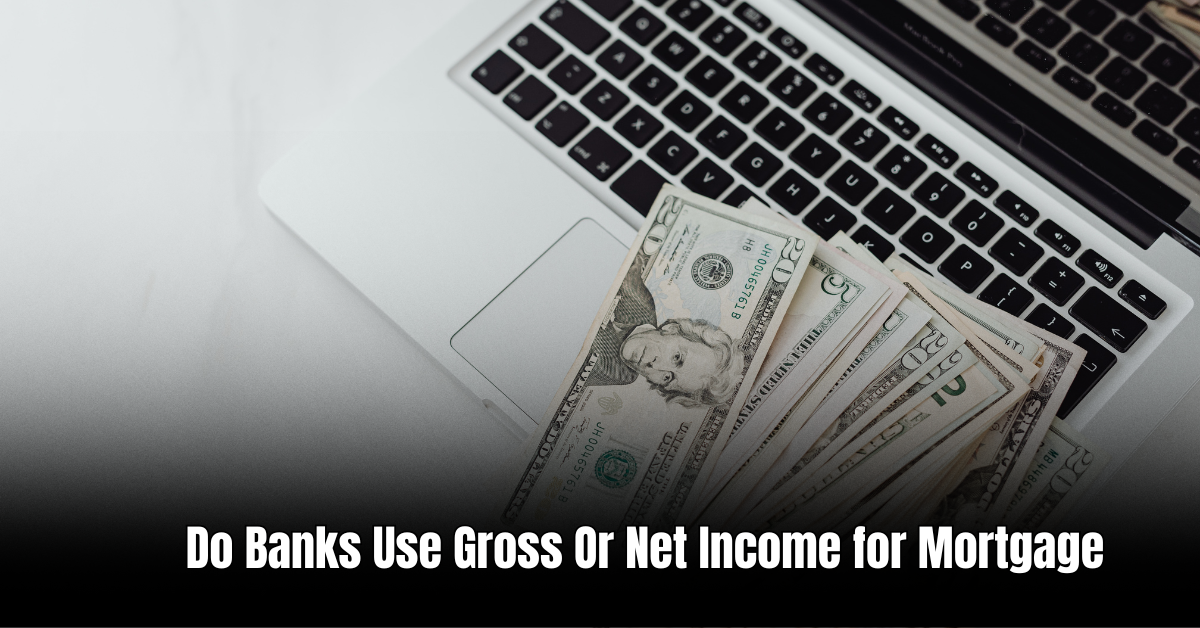If you’re curious about how much a mortgage payment was in the year 1960, you’ve come to the right place! In this article, we’ll take a fascinating journey back in time to discover how affordable or expensive it was to own a home six decades ago.
The Cost of Homes in the 1960s
During the 1960s, the real estate market was very different from what it is today. The average home price was significantly lower, and mortgage interest rates were also comparatively low.
Back then, the median home price in the United States was around $11,900, which may sound unbelievable by today’s standards. However, keep in mind that the average household income was also lower. The median income in 1960 was approximately $5,600.
It was common for people to spend around 20-30% of their monthly income on housing expenses, including mortgage payments. In some cases, families would spend even less. This allowed more individuals and families to achieve the dream of homeownership.
Typical Mortgage Terms in the 1960s
Mortgage terms in the 1960s were different from what we see today. Most mortgages had a fixed interest rate, meaning the rate stayed the same throughout the loan term. The most common mortgage period was a 30-year loan, although 15-year mortgages were also available.
Interest rates during this time were generally around 5-6%, which was quite low compared to the double-digit interest rates of the 1980s. This made it easier for potential homeowners to afford their monthly mortgage payments.
Calculating a Mortgage Payment in 1960
Let’s say you purchase a home in 1960 with a mortgage loan of $10,000. With a 30-year fixed-rate mortgage at 5% interest, your monthly payment would be approximately $53. This calculation assumes a 20% down payment and does not include property taxes or insurance costs, as they can vary depending on location and other factors.
Comparing to Today
It’s interesting to compare mortgage payments from the 1960s to today’s expenses. In 2021, the median home price in the United States is significantly higher, averaging around $350,000. Mortgage interest rates are currently lower than in the 1960s, but other expenses such as property taxes and insurance can significantly impact monthly payments.
Due to the higher cost of homes, a 20% down payment on a $350,000 house would be $70,000. Assuming a 30-year fixed-rate mortgage at today’s average rate of around 3%, the monthly payment, excluding taxes and insurance, would be approximately $1,200.
As we can see, both home prices and mortgage payments have increased substantially over the past six decades. While interest rates have decreased, other factors contribute to the rise in costs. This makes it essential for prospective homeowners to carefully consider their financial situation and budget.
Frequently Asked Questions On How Much Was A Mortgage Payment In 1960 : Unveiling Surprising Trends
How Much Did People Pay For A Mortgage In 1960?
Mortgage payments in 1960 varied depending on factors such as loan terms, interest rates, and property value.
Were Mortgage Payments Affordable In 1960?
Yes, mortgage payments in 1960 were generally more affordable compared to today’s standards, thanks to lower property prices and interest rates.
How Do Mortgage Payments In 1960 Compare To Now?
Mortgage payments in 1960 were significantly lower compared to today’s payments, due to lower property prices and interest rates at that time.
What Was The Average Mortgage Interest Rate In 1960?
The average mortgage interest rate in 1960 was around 5. 1%, a considerably lower rate compared to recent years.
Conclusion
In 1960, mortgage payments were significantly lower compared to today’s expenses. The average home price was around $11,900, and mortgage interest rates hovered around 5-6%. This allowed more people to achieve the dream of homeownership.
However, it’s important to consider that the average household income and overall cost of living were much lower during this period. While mortgage rates have decreased, home prices have skyrocketed, necessitating larger down payments and higher monthly payments.
Understanding the historical context of mortgage payments can give us valuable insights into how the real estate market has changed over time. By analyzing the past, we can make informed decisions about our current and future financial commitments.
Ismail Hossain is the founder of Law Advised. He is an Divorce, Separation, marriage lawyer. Follow him.




Leave a Reply